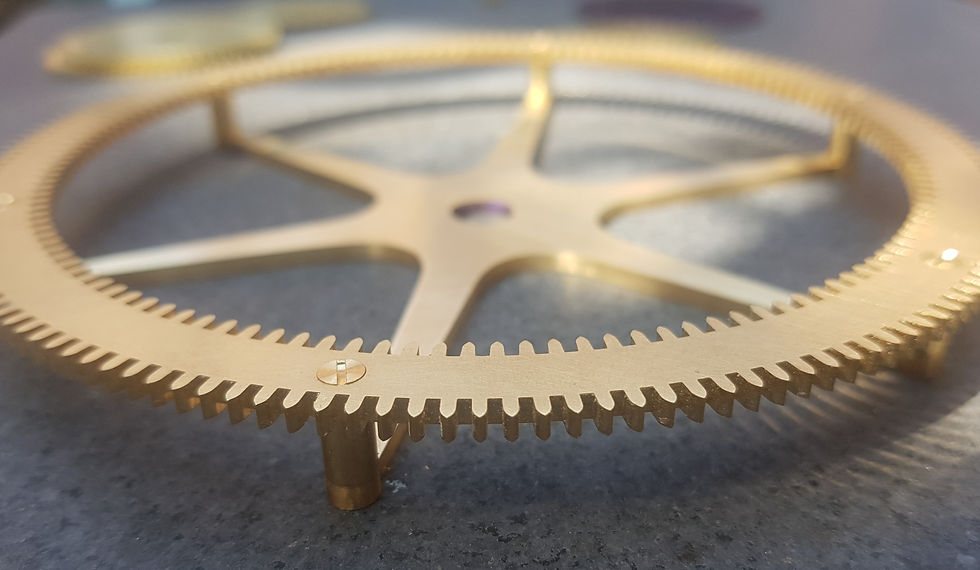The Dial
- tomsenior
- Mar 19, 2019
- 1 min read
Updated: May 3, 2019
This section details the manufacture of the dial, using pre-purchased roman numeral figures. In crossing out the centre of the dial, I used my new Vallorbe needle and escapement files - which leave a perfect finish.



























Comments